Filters are an essential feature of any koi pond. To keep your fish happy and alive, they need clean water with balanced chemical levels. Though solid debris like leaves or trash might be easy to throw out, the ammonia levels in the water from fish waste can become toxic. It's crucial to use filters to create a healthy environment for them.
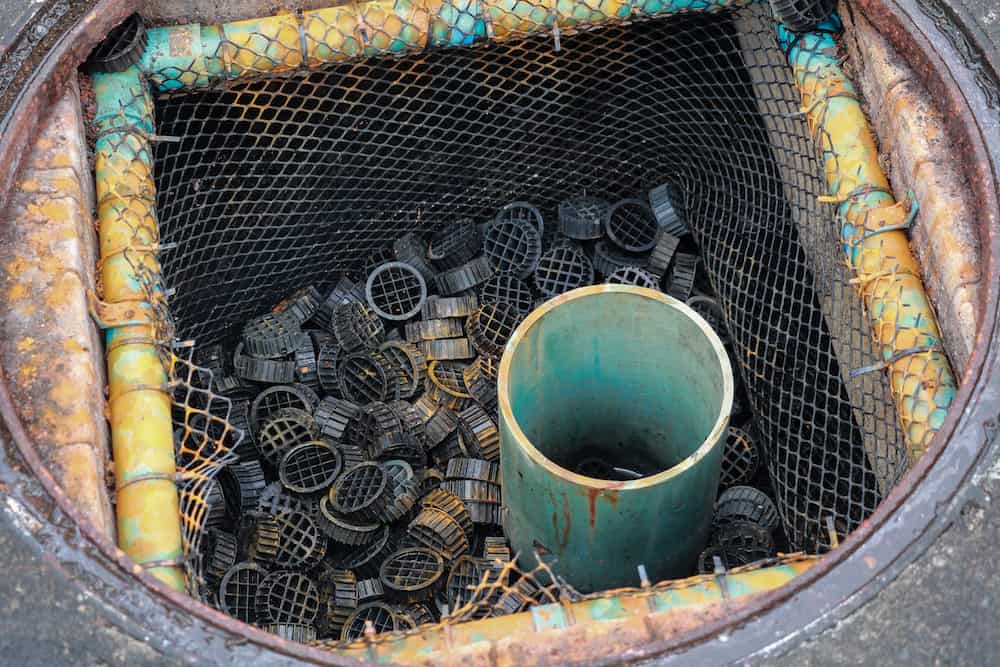
Koi pond biological filters use a natural system to keep your water safe and clean. It doesn't add any harmful chemicals and filters out solid debris, even to the smallest particles. It uses bacteria to help keep the water clear. There are several types of biological filtration systems that have been developed over the years.
In this article, we'll look at what a bead filter is and how it works. It's also important to know where it is located and how to manage and maintain it to ensure it keeps your koi pond clean for a long time.
Here is a quick breakdown of what we'll be talking about in this article:
A biological filter for koi ponds is a type of system that uses nature instead of a mechanical system. It does not filter out or collect particles but instead allows natural bacteria to grow. It allows your pond to become a self-contained ecosystem.
It mimics the natural biological filtration that happens in natural bodies of water, where bacteria grow and remove toxins in the water. It also keeps chemical levels balanced with the help of the koi fish and plants that naturally grow in or around it.
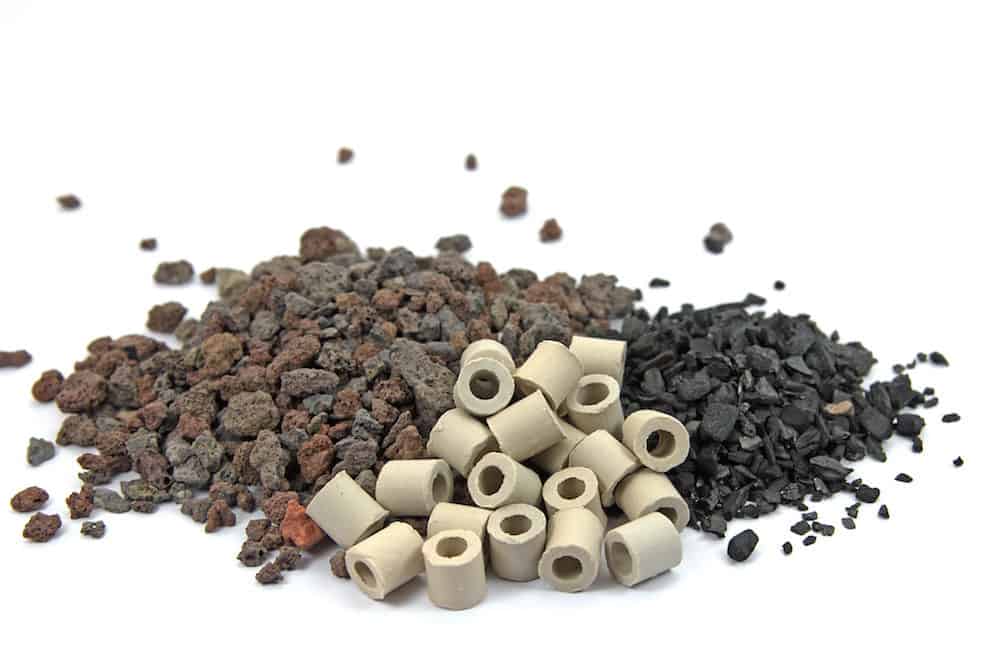
The main purpose of a koi pond bio filter is to break down toxic chemicals that can build up inside ponds. The filter allows nitrifying bacteria to grow on its filter media materials. As the pond pump pushes water into the filter, the bacteria break down waste and chemicals inside the pond like toxic ammonia.
Ammonia comes from fish waste and decaying matter inside the pond. When the waste gets trapped in the filter, the beneficial bacteria convert those toxic chemicals into less harmful nitrates, which act as plant nutrients. Then the clean water goes back into the pond.
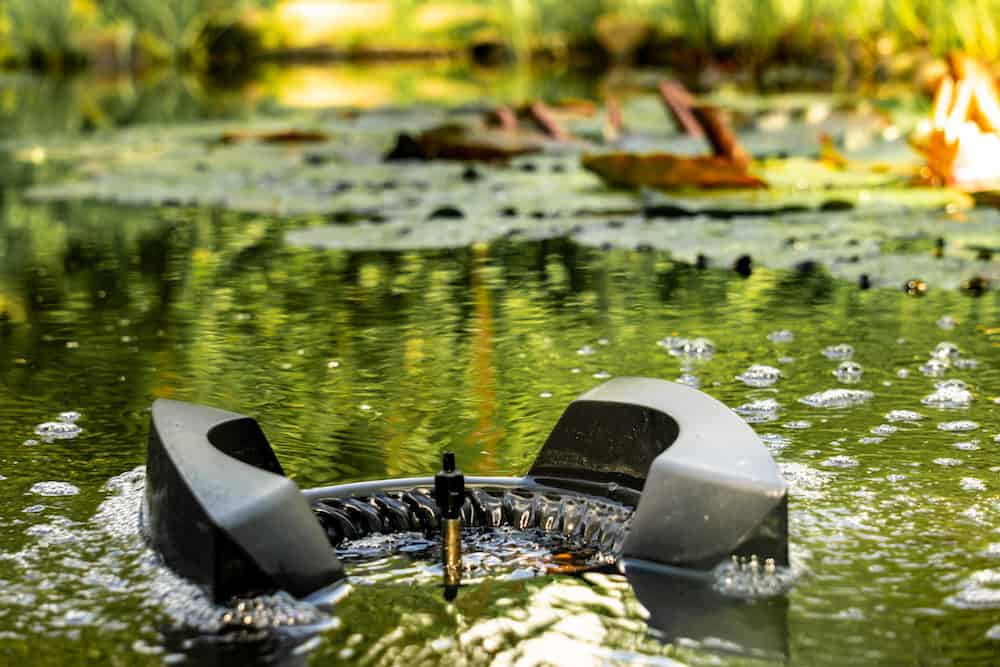
Rivers or streams use biofiltration naturally when nitrifying bacteria colonize on hard surfaces, such as pebbles or rocks, at the bottom. Biological filters recreate this process by pumping water through the filter and allowing the bacteria to grow and break down toxins.
A koi pond bio filter system uses bacteria that are beneficial to break down any debris created by plants, fish, or the natural environment. It does not add any harsh chemicals but filters the water naturally and safely by allowing beneficial bacteria to grow.
The filter media traps any debris particles as water flows through. As pond water is pushed through the unit by the pump, the beads trap fine particles and allow the water to flow through.
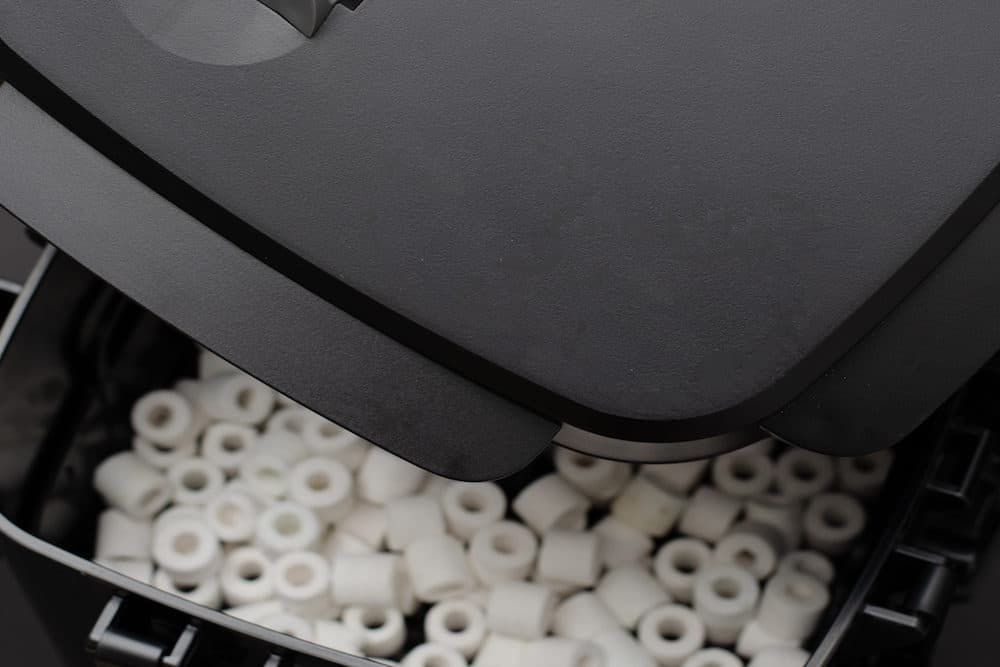
The ammonia level in water naturally increases as fish create waste. Still, biological filtration keeps ammonia levels stable, balances the chemical levels in the water, and promotes a healthy ecosystem where both plants and fish can thrive.
When you are looking for a biological filter for a koi pond, you want to ensure it meets your pond's needs. The size and placement of it are important things to consider as you look for a biological filter. Some of the large and high-quality filters might be expensive as well, but a reliable filter is essential to any koi pond. Here are some other features you want to look for in a bio filter:
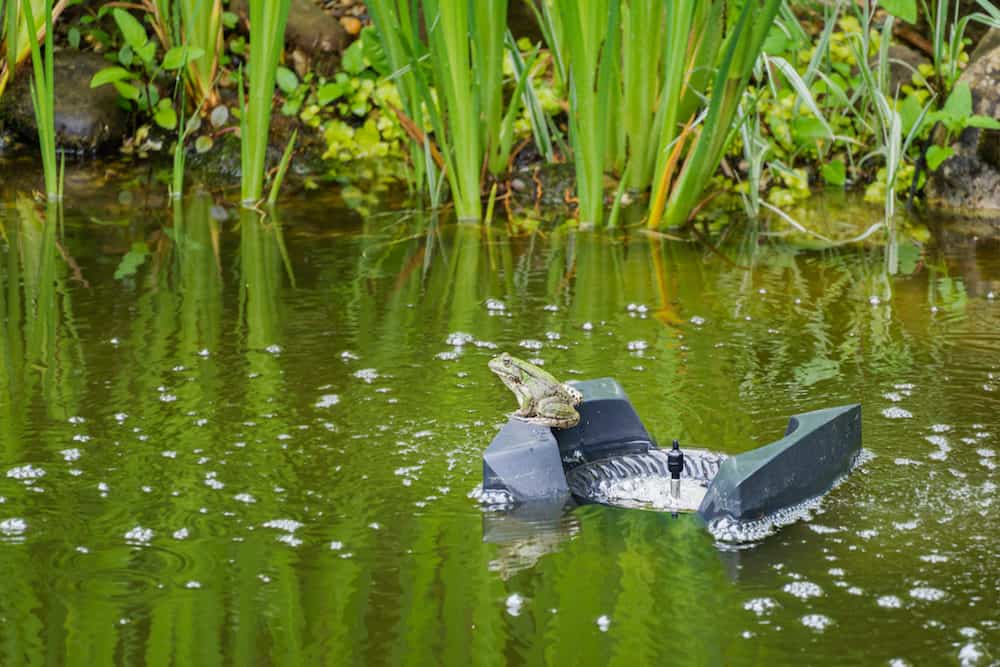
If you are not building a koi pond using a kit, you want to make sure the size of your filter matches your pond. Koi pond bio filters are made to filter a specific volume of water and serve a certain number of fish.
The wrong pond size filter can negatively impact your fish if the volume of water is higher than the filter can handle. If you have too many koi fish, that will also affect a filter's performance and the water's cleanliness. It's a common mistake among new koi fish owners but an important feature to consider.
Typically, experts highly recommend doubling the size of your filter compared to your pond. For example, for a pond that holds 500 gallons, you will want to install a filter that handles 1000 gallons. You should also base it on your koi fish population. You may not be able to see all the waste they produce, and a larger filter is better than one that is too small for your pond.
Filtration is crucial in keeping your fish healthy, so spending a little more on the best system you can afford will benefit your koi pond in the long run. There are some affordable options out there, but make sure it is a high-quality filter, so you don't need to go through the hassle of replacing it later on or having it negatively affect your pond water.
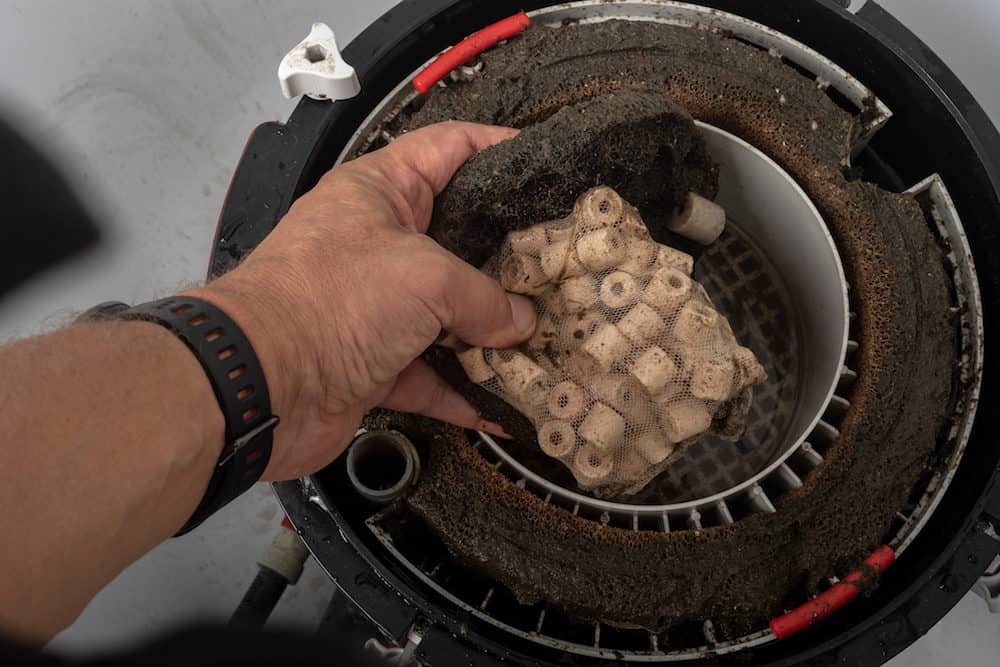
Many people enjoy koi ponds because of the soothing aesthetic they provide. However, a filter can be a jarring and unpleasant addition to the scene. You can always hide the filter behind a tree or rocks, but if you prefer to bury it or hide it away somewhere else, you want to look for a filter that has a more flexible placement.
A gravity return filter is a great option but needs to be elevated for water to return to the pond. On the other hand, pressurized filters can be placed virtually anywhere as long as they can connect to the koi fish pond.
There are several types of koi pond biological filtration systems and different features to look for depending on the size of your koi pond. Here are some of the most popular types:
Pressurized filters keep water moving throughout the system as it flows in and out. Unlike other types, the unit does not need to be kept above the pond's water level but can be buried or hidden in a shed since the filtered water is pumped back into the pond.
Similar to a pressurized filter, gravity return filters pump water into the inlet by a pump either submerged inside the pond or outside. The water is filtered through, then naturally released back into the pond using gravity. For this reason, the filter must be placed above the pond's water level so gravity can pull the water in.
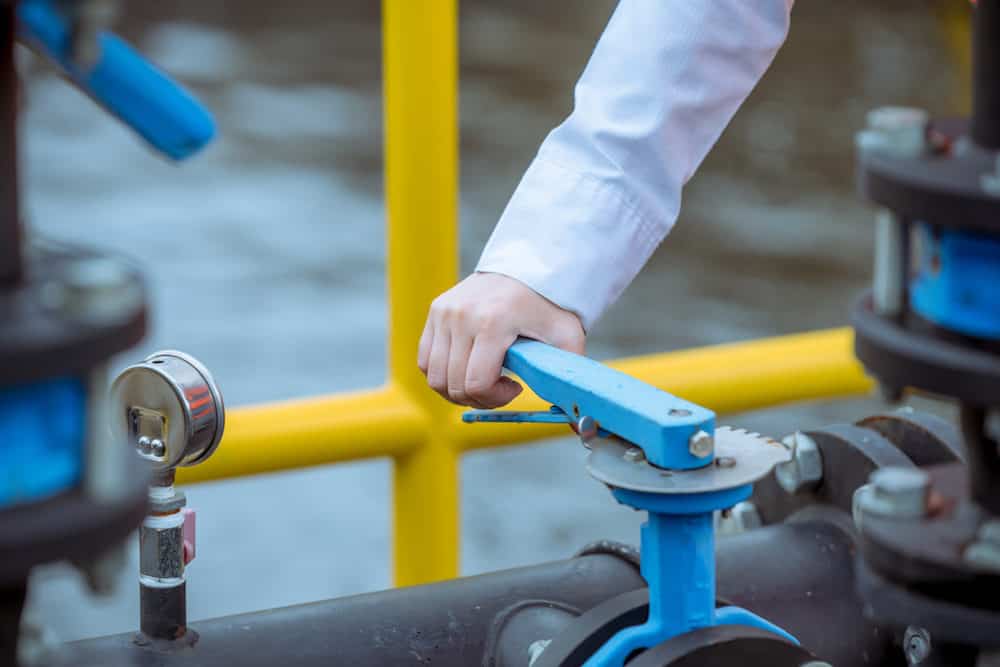
Though it is one of the most cost-effective biofiltration systems, it is also more difficult to hide since it needs to be elevated.
However, one type of gravity return system is the koi pond bog filter. Unlike the other koi pond biological filters, a bog filter is simply a dense area full of plant life in or near your pond. Since nitrifying bacteria create nitrate, promoting plant life, a water garden can be a beautiful addition to any koi pond.
The bog filter uses plants to improve the quality of water and take away any extra nutrients. The circulation pump sends water to the plant's roots via a pipe or hose, and the plants remove any pollutants.
The water is then sent back to the pond via gravity. It is a beautiful filtration system that showcases water-loving plants. However, using this as a supplement may be more beneficial than your pond's only filtration system.
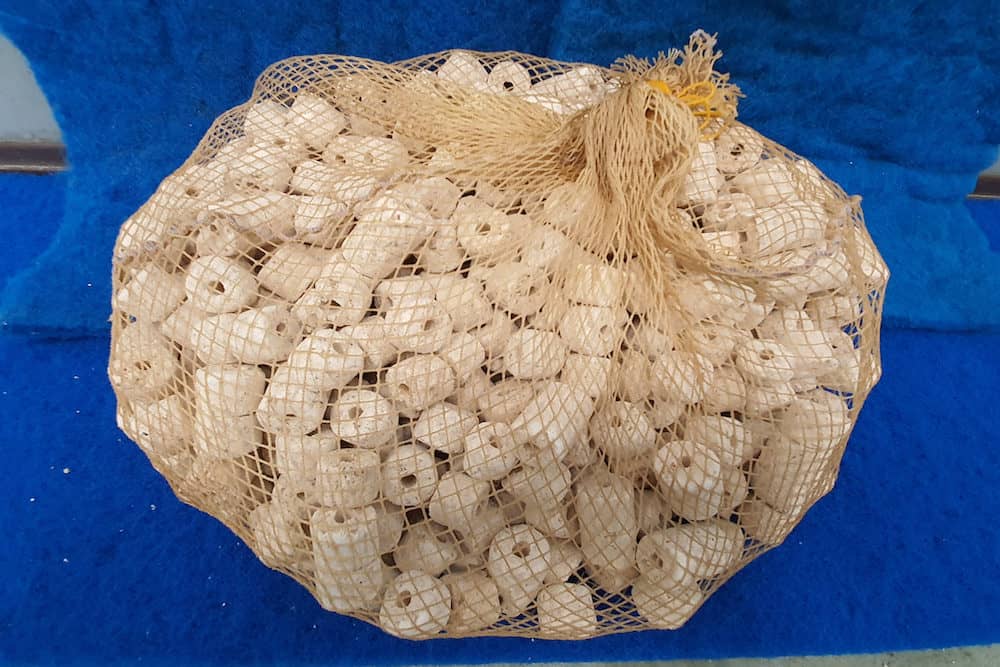
For medium to large koi ponds, a gravity-fed multi-chamber is a convenient system that uses a drain at the pond’s bottom. The top of the koi pond filter needs to be at the same level as the top of the pond to keep the water in the filter and the pond at the same height. As the name suggests, there are multiple chambers within the filter that water needs to pass through before returning to the koi pond.
Each chamber contains a different filtration method to refine the water and filter out any particles and debris. The first, called the Vortex filter, removes heavy solids, like leaves, trash, algae, and fish waste. The second chamber filters out finer debris particles, then the submersible pump in the third chamber pushes the clean water out to the pond.
A bubble bead filter uses small plastic beads at the top of the unit to allow nitrifying bacteria to grow and break down waste. The beads can both filter and provide clarification, which is the process of separating and removing solids, such as large debris, dirt, and small particles, from the water. It is a pressurized chamber that contains thousands of tightly packed beads, which mechanically filter out small particles.
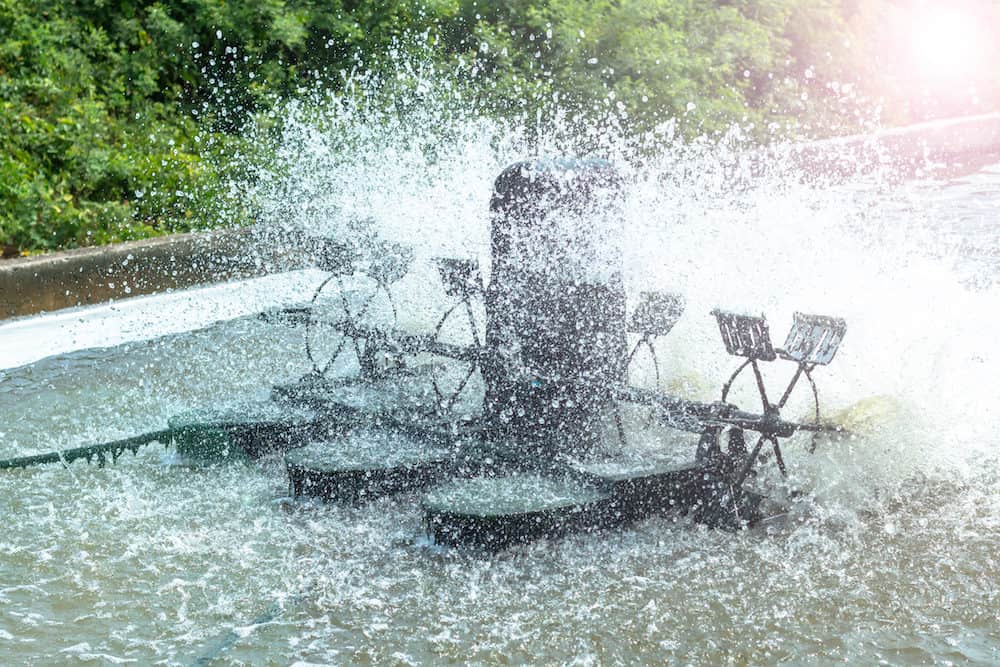
One of the benefits of this type of filter is that it is low-maintenance and has its own cleaning system through back-washing the system. All you need to do is turn the filter off, stir the beads to let the solids drift to the bottom, and then drain it out.
A fluidized bed filter is a newer type of biofiltration system. Its filter media remains stationary inside the unit at the bottom of the flooded chamber, and water is pumped underneath the media.
The granular media expands when the pump pushes water into the bottom of the chamber, causing the filter media to swirl around. The constant movement gives a greater surface area for beneficial bacteria to grow, allowing the unit to be smaller while still providing a high level of biological filtration.
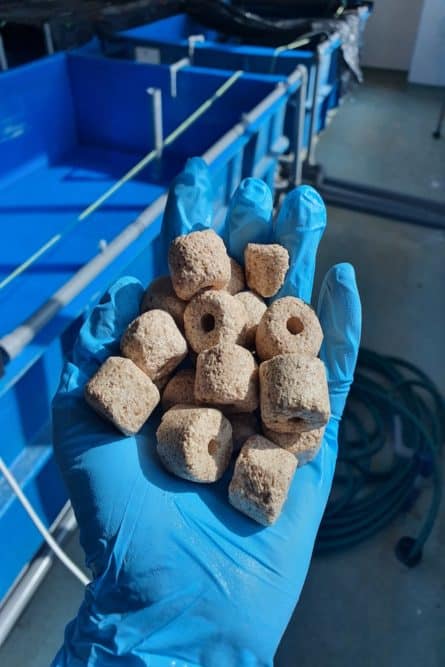
When researching filters for your koi pond, you will see that there are many options to choose from. However, a biological pond filter has many benefits over a mechanical filtration system to keep your pond fish healthy and happy, while promoting the growth of natural beneficial bacteria.



